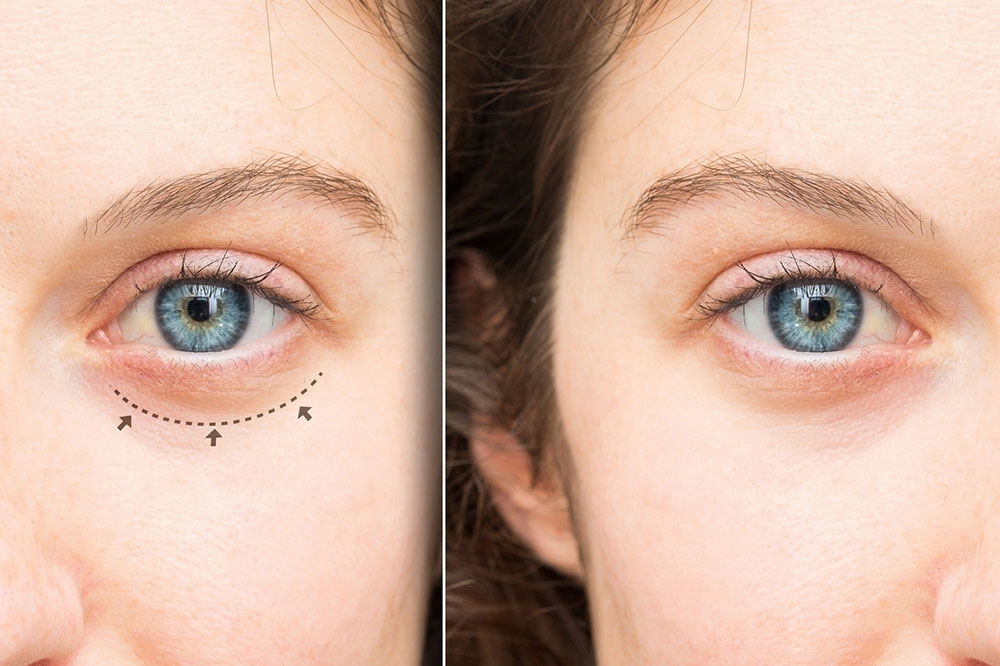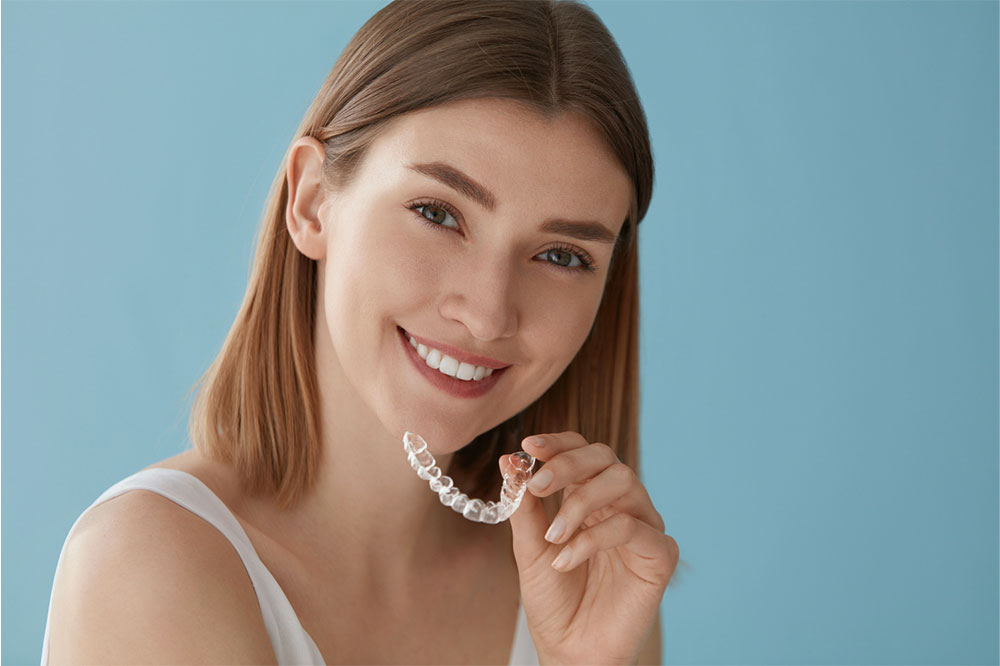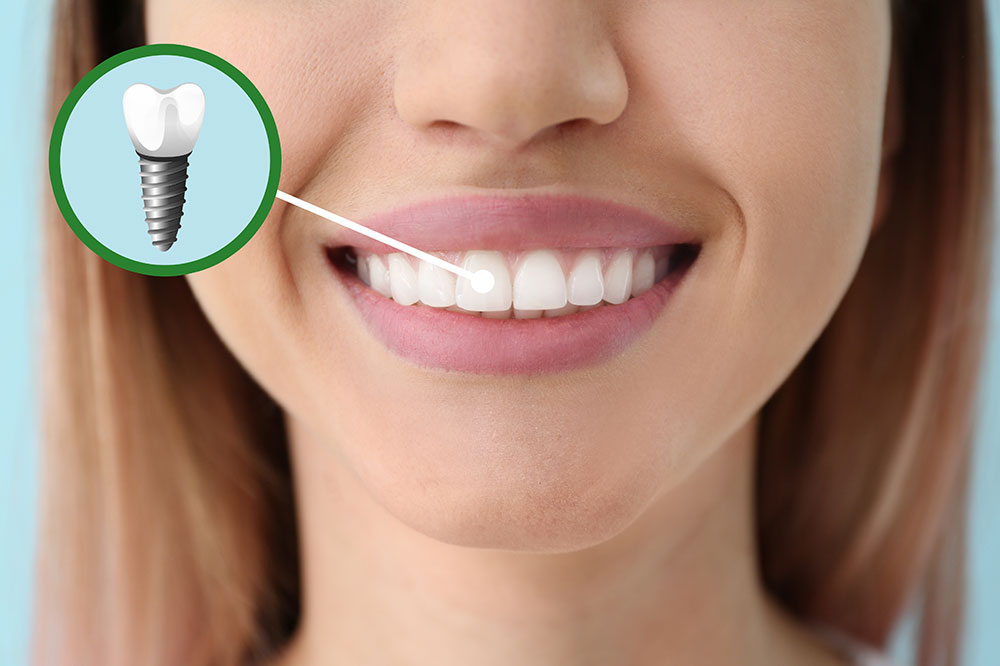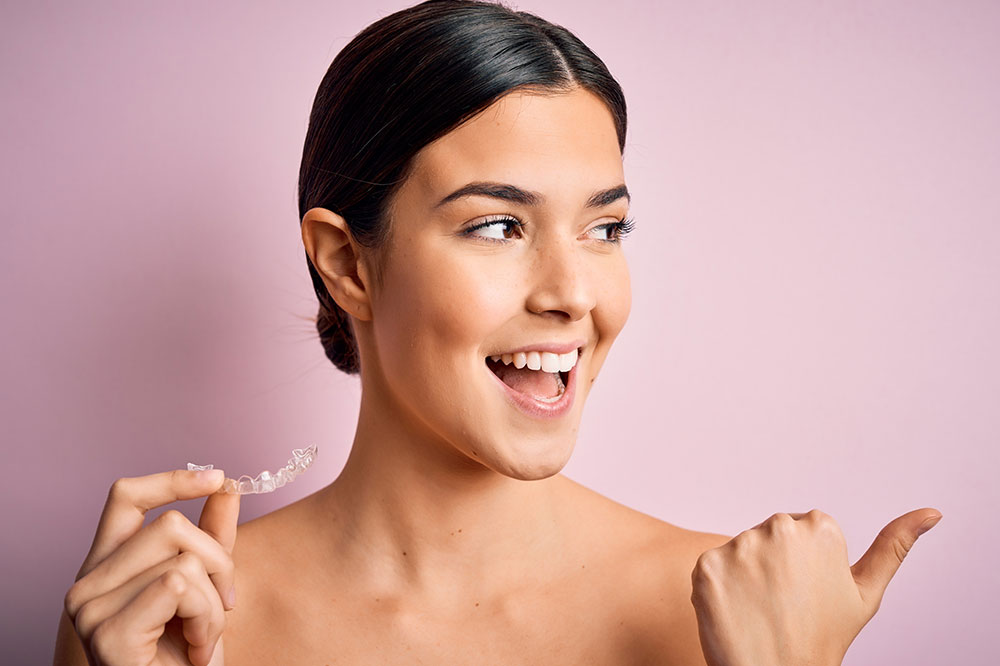Everything to Know about Eye Bag Surgeries

Eye bags refer to the puffiness and swelling observed in a person’s lower eyelids and the skin below. People develop eye bags as they age, either due to improper sleep or other reasons. Scientifically, eye bags form under a person’s eyes when the cells and tissues around their eyes grow weaker with time. Consequently, the muscles supporting their eyelids also lose their strength. An eye bag surgery can address this problem effectively.
What is eye bag surgery?
Eye bag surgery is also known as lower eyelid surgery or lower lid blepharoplasty. It is a treatment alternative that involves a quick operation to get rid of bagginess, sagging, and wrinkles, in the under-eye area. While many patients undergo this treatment on its own, others may choose to have it done along with other operations such as a facelift, an upper eyelid lift, or a brow lift.
There are two main types of eye bag surgeries – functional blepharoplasty and cosmetic blepharoplasty. Both procedures are similar and can be carried out by an ophthalmic surgeon. If things go normally, this surgery takes approximately one to two hours to complete. The main purpose of this surgery is to slowly and surely treat the excess under-eye tissue, which causes puffiness under the patient’s eyes.
While performing the surgery, the doctor will use general anesthesia, or local anesthesia to numb the area. The choice of anesthesia is made considering factors such as the duration of the operation and the complexity involved. The average cost of this procedure generally goes upwards of $3,000. This figure does not include prescription-based remedies, anesthesia expenses, and operating room facility costs.
From a cosmetic standpoint, eye bag surgeries generally have a moderate to high success rate. This surgery helps people look younger and fresher, and also better rested in and around their eyes.
How is eye bag surgery done?
As specified earlier, an eye bag surgery takes about two hours from start to finish. The complete procedure can be broken down into four main parts:
Anesthetic stage
Surgeons may use general or local anesthesia depending on varied factors such as the patient’s age, skin condition, possible health issues, and others. Once the actual effect of the anesthesia kicks in, the surgeon moves forward with the high-precision procedure.
Incision stage
Eye bags are formed due to excessive fat or skin tissue accumulating under a person’s eyes. Therefore, the removal of this accumulated tissue helps resolve the baggy eye problem. In this stage of the operation, a surgeon makes a small cut, also known as an incision, just below the lower eyelashes of the patient. In some procedures, doctors make this incision on the inside portion of the patient’s lower eyelid. Through this cut, the surgeon takes out the excessive fat or skin tissue from beneath the skin layer. This is done delicately to avoid eye injuries or other, possibly worse, complications.
Closing stage
Normally, a surgeon closes the incision with stitches. However, they can also use surgical glue for the purpose. Using the glue is a relatively more hassle-free procedure as, in the case of the stitches, the patient needs to return to the healthcare center after a week to have them removed.
Recovery stage
After the surgery, patients may still have some swelling and/or bruises around their eyes. However, those tend to fade away gradually.
Doctors mostly allow their patients to go home the same day after the surgery. Before they leave, patients receive sound advice regarding foods to eat and, in general, how they can look after themselves for a few days or weeks after the operation. For example, patients may need someone to accompany them on the night after the operation. Apart from that, doctors may advise patients to not drive by themselves, or avoid using water in and around the eyes while washing their face.
After a while, the surgery starts showing its benefits and patients can go about their lives normally as before.
What are the benefits of eye bag surgery?
There are a plethora of positive outcomes of this procedure, some of which include:
Zero wrinkles
Bulging eye bags cause the skin in and around a person’s eyelids to loosen up, resulting in their face looking wrinkly. This condition, the appearance of wrinkles around the corners of one’s eyes, is known as crow’s feet. Wrinkles and aging skin make a person look much older than their actual age. An eye bag surgery smooths wrinkles and makes a person’s skin tight and elastic again. As a result, people tend to look younger after undergoing this procedure.
No irritation
Saggy eyes often cause irritation, itchiness, and recurring infection in a person’s eyes. After undergoing an eye bag surgery, patients will easily get rid of such sensations. What’s more, the procedure saves them from numerous ophthalmic issues.
Short recovery period
Arguably the most convenient aspect of lower lid blepharoplasty is how quickly patients can be discharged and return to their normal lives. The incisions, bruises, soreness, and swelling involved in this procedure heal rapidly, and after a month, people undergoing the surgery would not feel much difference at all.
Improved self-confidence
As stated earlier, this surgery makes people look young and fresh. With a fresher and revitalized look, people tend to feel more confident about their appearance after undergoing this surgery.
What are the likely side effects of eye bag surgery?
For a few days after undergoing the operation, patients may feel a bit puffy and numb around their eyes. Additionally, it may get a bit difficult for people to close their eyes during this phase. During the same period, patients may feel bursts of irritation, wateriness, and sensitivity around their eyes.
In some instances, patients may suffer bleeding, infection, allergic reactions, surgical complications, potential blindness, and other vision issues. These side effects are highly rare, but some patients do experience them. It is strongly recommended to discuss probable side effects with the doctor beforehand.






